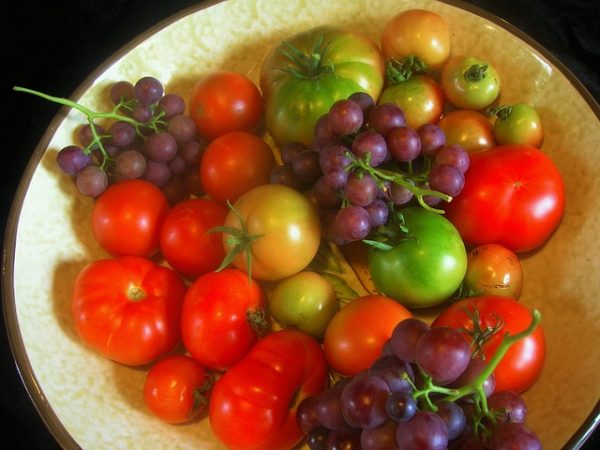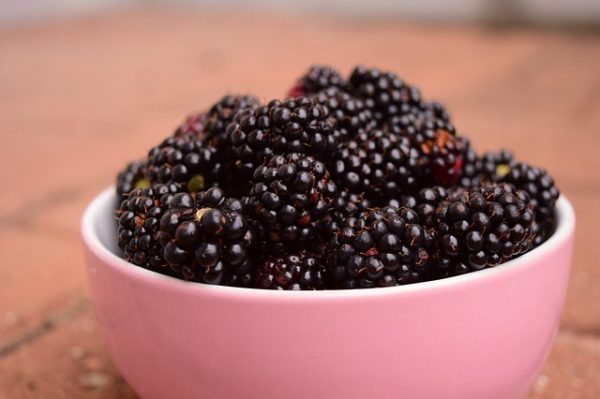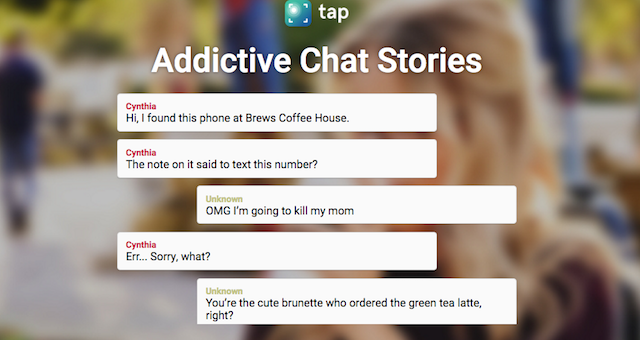Children are sponges: they listen to everything we say, how we say it, copy every move we make–they’re constantly absorbing what’s around them. For children, the phrase “You are what you eat” is even more relevant than for adults. And yet, our growing babies are expected to be healthy in body and sharp of mind while they run off boxed mac n’ cheese… or worse.
It’s just a fact that your body is composed of what you put into it. Researchers are targeting children’s learning and how it is affected by diet. Mary Elizabeth Dallas reports, “A healthier diet was associated with better reading skills by third grade, regardless of how well the students could read in first grade, the researchers said.” Those early years are vital for children’s development in reading. If they are lethargic or anxious while laying fundamentals of reading, they will be far behind by the time they enter the third, fourth, and fifth grades. Not only will their reading suffer, but every other subject as well: you learn science and math and other subjects by reading them.
We have to invest in our little ones and their learning. If you grew up in a healthy household, you will certainly recognize some of the following, simple solutions for keeping kids (and you!) healthy, but for some people, junk and fast food is all they know. So here are a few ideas of how to approach diet so that your child can grow up eating and reading with vigor.
1. Fruit And Veg
Even picky eaters will have a favorite fruit and/or vegetable–promise! The pickiest children, the ones who turn down every luscious strawberry and mango will still like a simple banana or clementine. Try, try, try! Slowly introduce each new piece of produce. If the kid doesn’t like it, a classic “try at least TWO bites” never hurts, but we are trying to get kids to want healthy food, so go ahead and keep on with the hunt to find their favorite.

Source: Pixabay
2. Snacks
Kids do not need that many calories, but their tiny bodies burn through what they do imbibe very quickly. Kids need to eat about every two to three hours. Just something small will do! This is where the fruit and veg come in: quick to prepare, small servings of chopped strawberries or a bowl of applesauce is a great snack for little ones. Try this method of fruit and vegetable snacks mid-morning and mid-afternoon and see their energy levels and cognizant skills rise!

Source: Pixabay
3. Make It Fun
One of the big ideas here is that we’re preparing kids to read. Right after lunchtime, kids often need a little rest (nothing changes, though, am I right, adults?). This is the perfect time to read. Make it a habit that the kids can expect: fun, fresh meals, followed by cuddle and book time. Making the meal correlate with the book is possibly the most fun your kid will have all day: serve blackberries and milk, then read Peter Rabbit. Make a big, quick pot of vegetable soup, then read The Tale of Despereaux. Kids love themes: get them invested in their meal time and their reading time by combining the two, and making it an experience.

Source: Pixabay
Kids are worth investing in. It doesn’t have to be complicated or expensive to help the little ones stay healthy, so that the next generation of avid readers can grow up reading strongly and confidently.
YouTube Channel: Sonnewald’s Natural Foods
Featured image via Pixabay
h/t Web MD



